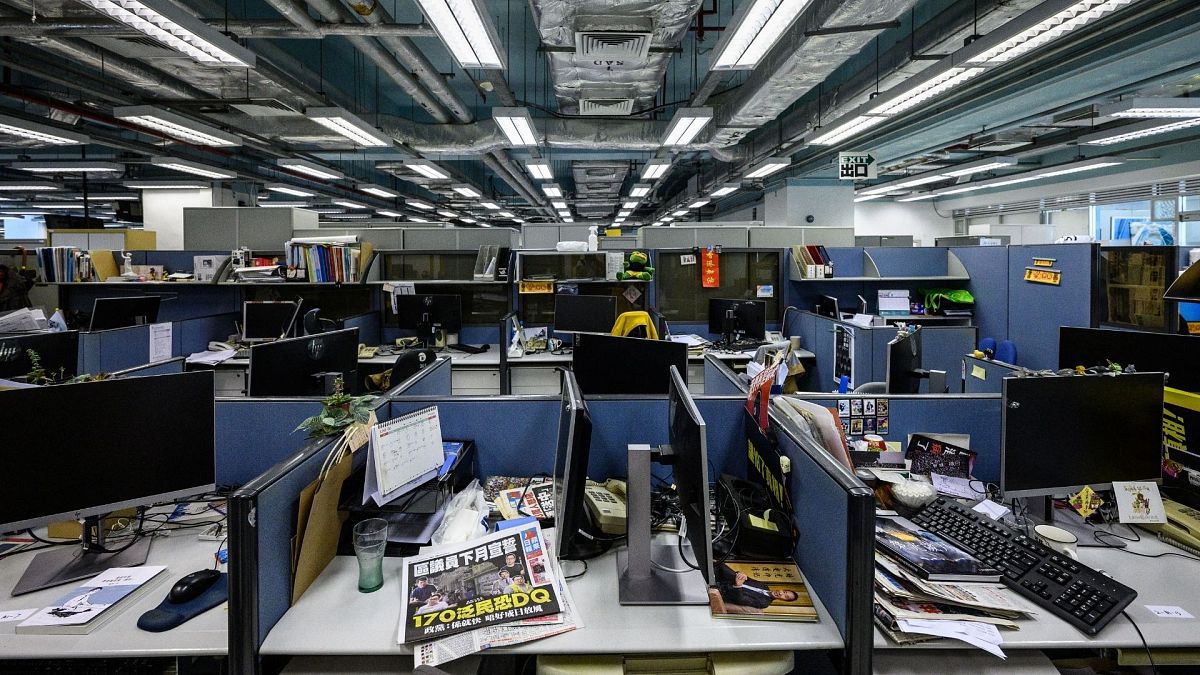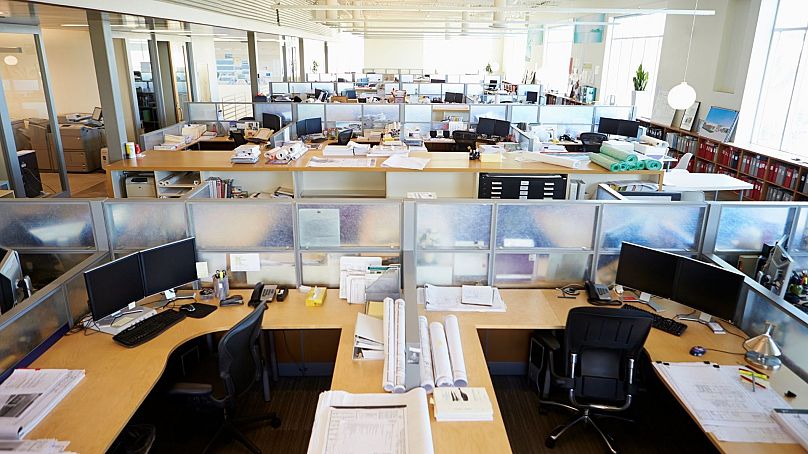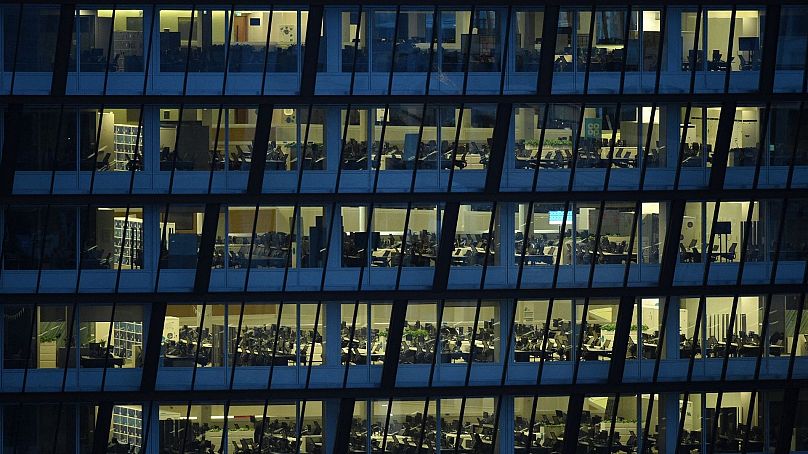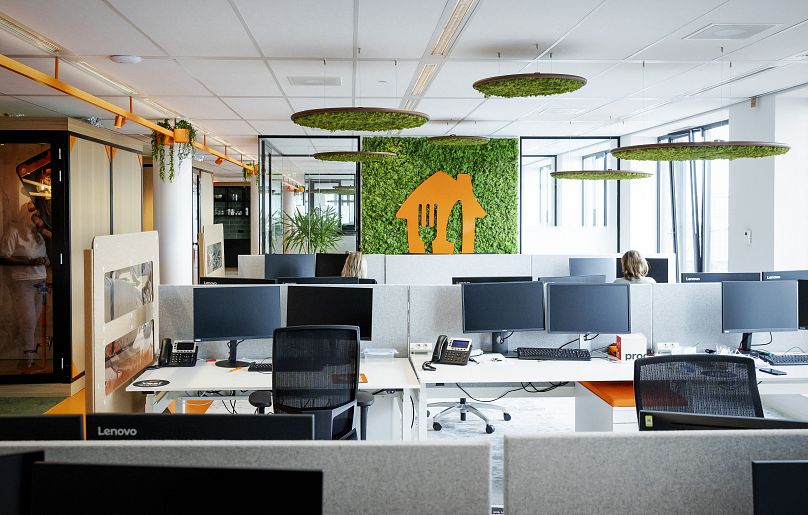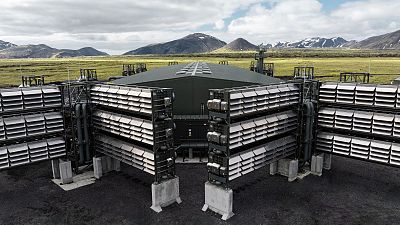Carmen Ene gives us her take on the worldwide e-waste crisis which has seen 53.6 million metric tonnes generated in one year.
Carmen Ene is the CEO of 3stepIT, a Finnish company which has saved millions of devices going to landfill and cut carbon emissions by helping businesses embrace the circular economy model. Here she explains how changing our relationship with tech ownership could help.
As the world’s fastest growing waste stream, electronic waste (e-waste) is having a crippling effect on the environment. Above the ground, modern electronics are safe to use and keep. However, most contain some form of toxic materials which pose serious environmental risks to our soil, water, air and wildlife, when they hit landfill.
The global mountain of e-waste is increasing exponentially, with 53.6 million metric tonnes generated worldwide in 2019. Businesses are major contributors to this problem, given their size and scale. Yet there is a growing demand to ensure the technology available to their people, such as laptops, tablets and mobiles, is modern enough to maintain and boost workplace productivity.
Throughout the pandemic, many businesses were forced to renew their IT suite to ensure staff could work effectively remotely, spending a massive $15 billion (€12.6 million) extra per week on technology during the first COVID wave. And with this appetite for new devices, the current trajectory of global e-waste is predicted to reach a huge 74 million metric tonnes by 2030.
Worryingly, when surveyed, a third (36 per cent) of businesses admitted they did not know where their e-waste ended up, and one in 10 confessed to dumping old technology in landfill. This suggests that devices abandoned during the pandemic will likely add to growing levels of business e-waste.
There's clearly a large amount of pressure for businesses to act responsibly when it comes to e-waste - findings from one report revealed that over half of customers, 62 per cent, now want the companies they buy from to take a stand on sustainability. But we also know businesses want to do the right thing, with many seeing sustainable operations as an absolute must have.
In fact, 92 per cent of business leaders say reducing carbon emissions is of major importance to their business. There is of course a tension here.
On the one hand, businesses are striving to reduce their environmental footprint and answer rising calls from employees, customers and partners to operate more sustainably. On the other hand, there is no denying the pressure there is to remain competitive, and the crucial role that the latest technology has in supporting businesses to adapt to new ways of working.
So how do they strike the right balance?
Why COVID-19 has made the e-waste problem worse
While the significant investment in remote working technology kept organisations operational and productive during the crisis, the environmental impact of this enforced transformation cannot be overlooked.
The change has left a huge number of desktop PCs sitting idle in offices across Europe. Almost one third of desktop PCs have been ‘made redundant’ and left abandoned in office spaces.
More than half of IT decision-makers said increased spending on laptops would be the main focus for IT investments, echoing trends in the industry which show a boom in demand for mobile technology.
As a consequence, and with a return to office life and hybrid working inevitable, many businesses are now facing the challenge of how to dispose of unneeded devices as they reconfigure operations for post-pandemic working styles.
Redundant business technology represents both an opportunity and a risk. It often holds residual value if sold on to third parties, or recycled, which organisations can capitalise on to fund their transition to new, flexible ways of working.
But with many businesses still failing to recognise this opportunity, this now redundant IT equipment could be at risk of ending up in landfill.
Tackling the old tech that lies deserted in abandoned offices
The solution to this problem is in changing attitudes to ownership.
In the same way we consume music through Spotify, or film and TV through Netflix, the world of entreprise IT is understanding that to reduce costs, boost performance and manage e-waste, their IT device strategy must lie in a service-based subscription model.
This means, rather than purchasing devices, organisations use a third party to help manage and refresh their IT devices, switching from a ‘buy, use, dispose’ approach, to a ‘take, make, reuse, recycle’ mindset.
This sustainable solution draws on the principles of the circular economy, lowering the environmental impact of IT device ownership by refurbishing and reselling devices at the end of their first performance cycle to a second user. This not only reduces e-waste and CO2 emissions, but offers an opportunity for businesses with differing tech demands to procure and manage their IT in a more sustainable and cost-effective way.
With devices taken care of, organisations can focus on productivity and growth, confident that their people have the right tech to be as creative, collaborative and efficient as needed to compete in the market, but without the hefty environmental impact.
In an era of rapid technological advancement, more and more electronic goods are being developed and manufactured. But with the growing mountain of e-waste causing significant environmental damage, organisations need to adopt a new, more sustainable way of managing IT devices.
By embracing a new attitude to ownership, businesses can access the latest technology and benefit from a range of financial and productivity gains. It’s a simple switch that eliminates waste for business and for the planet.
